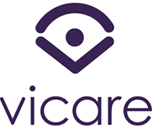Smile Surgery
It is a minimally invasive procedure performed to correct the quality of a person’ s vision. The objective of this procedure is to reduce or eliminate the need for glasses or contact lenses. To achieve this, the transparent surface of the eye(cornea) is regularized with a laser beam. This procedure can be performed to correct problems such as myopia and astigmatism (hyperopia cannot currently be corrected). Although there is a mechanism to help correct eyestrain (presbyopia), it does not apply to everyone. Smile stands for “Small Incision Leticule Extraction”.
“Unlike the surgery better known as “LASIK”, SMILE does not require a cut on the surface of the eye, as the reduction of your prescription is given directly with the laser, without the need to use a metal cutting instrument. Visual recovery from SMILE is usually faster, and discomfort is usually less.”
Dr. Daniel Jáuregui
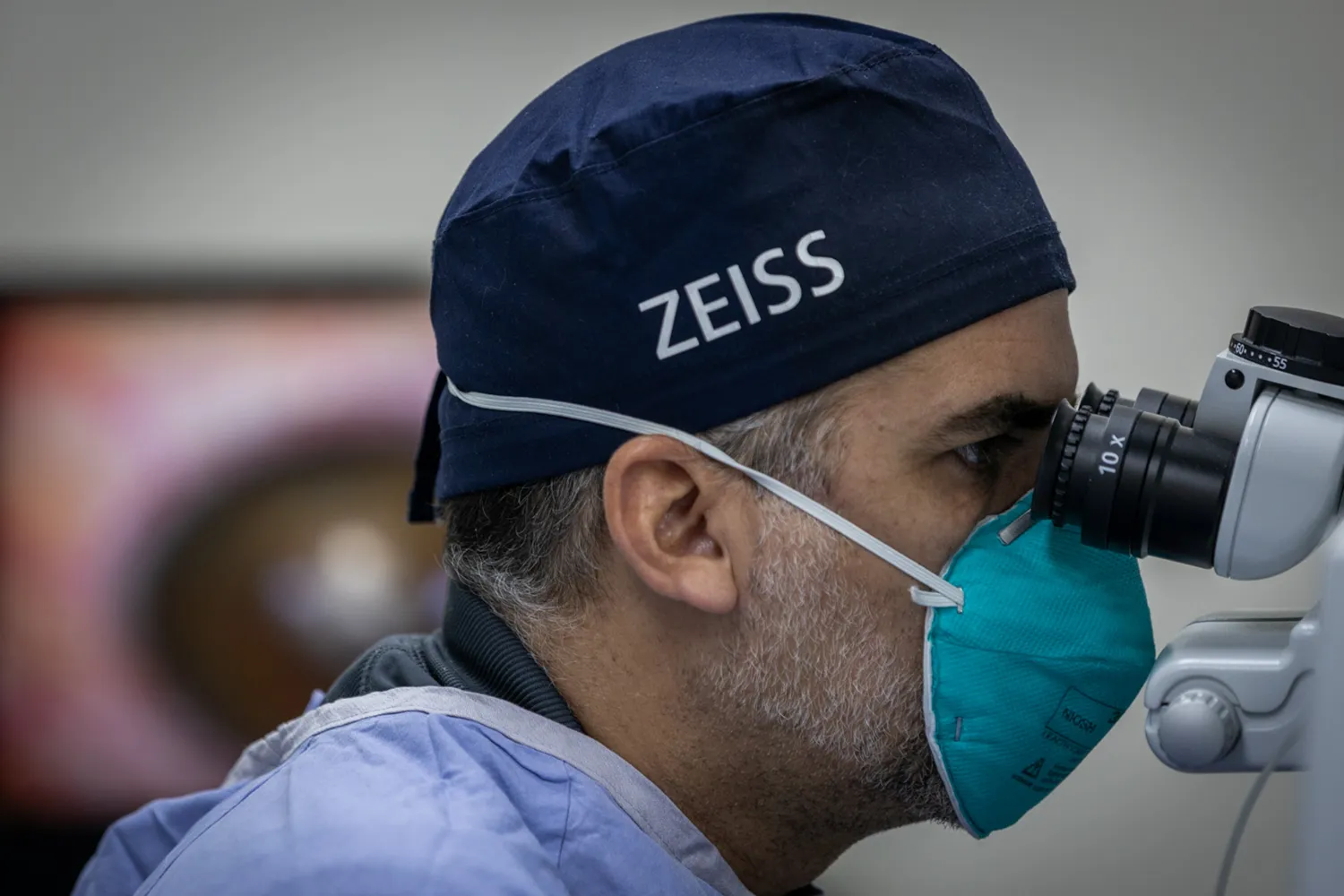
What is SMILE Surgery?
At Vicare, we offer SMILE Surgery (Small Incision Lenticule Extraction), an advanced vision correction technique that uses the most modern technology in ophthalmology.
This procedure is minimally invasive and is performed with a high-precision laser, designed to correct problems such as myopia and astigmatism, eliminating the need for lenses or glasses in most cases.
How does SMILE Surgery work?
-
- The procedure uses a femtosecond laser that creates a small lenticule (thin cut in the cornea) to correct visual defects.
- Unlike other surgeries such as LASIK, SMILE Surgery does not require large cuts or the creation of a flap, which makes it less invasive and reduces the risk of complications.
Benefits of SMILE Surgery at Vicare
-
-
- Quick procedure: It takes only a few minutes per eye.
- Rapid recovery: Most patients resume normal activities the following day.
- Greater comfort: Less discomfort during and after the procedure.
- Lasting results: An effective and safe solution to improve your vision.
-
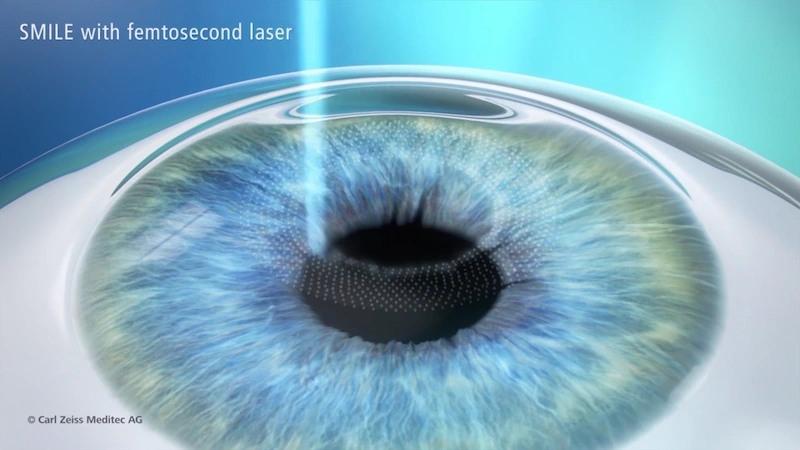
What are the risks of SMILE Surgery?
SMILE Surgery is a fast, painless and safe procedure. However, like any ophthalmologic procedure, there may be minor side effects that are usually temporary and easy to manage. Among them:
- Light intolerance: It is common for the eyes to be more sensitive to light in the first days after surgery.
- Mild inflammation: In rare cases, there may be greater than expected inflammation, controllable with medication.
- Dry eye: Many people experience temporary dryness after SMILE Surgery, effectively treated with artificial tears.
- Night vision problems: Halos or glare may appear during the night as the eye adapts, but usually diminish with time.
- Temporary decrease in sharpness or contrast sensitivity: This may occur in the recovery process, but usually improves in a short time.
At Vicare, we are committed to your recovery, providing you with the necessary attention and follow-up to guarantee optimal results with SMILE Surgery.
What happens BEFORE SMILE Surgery?
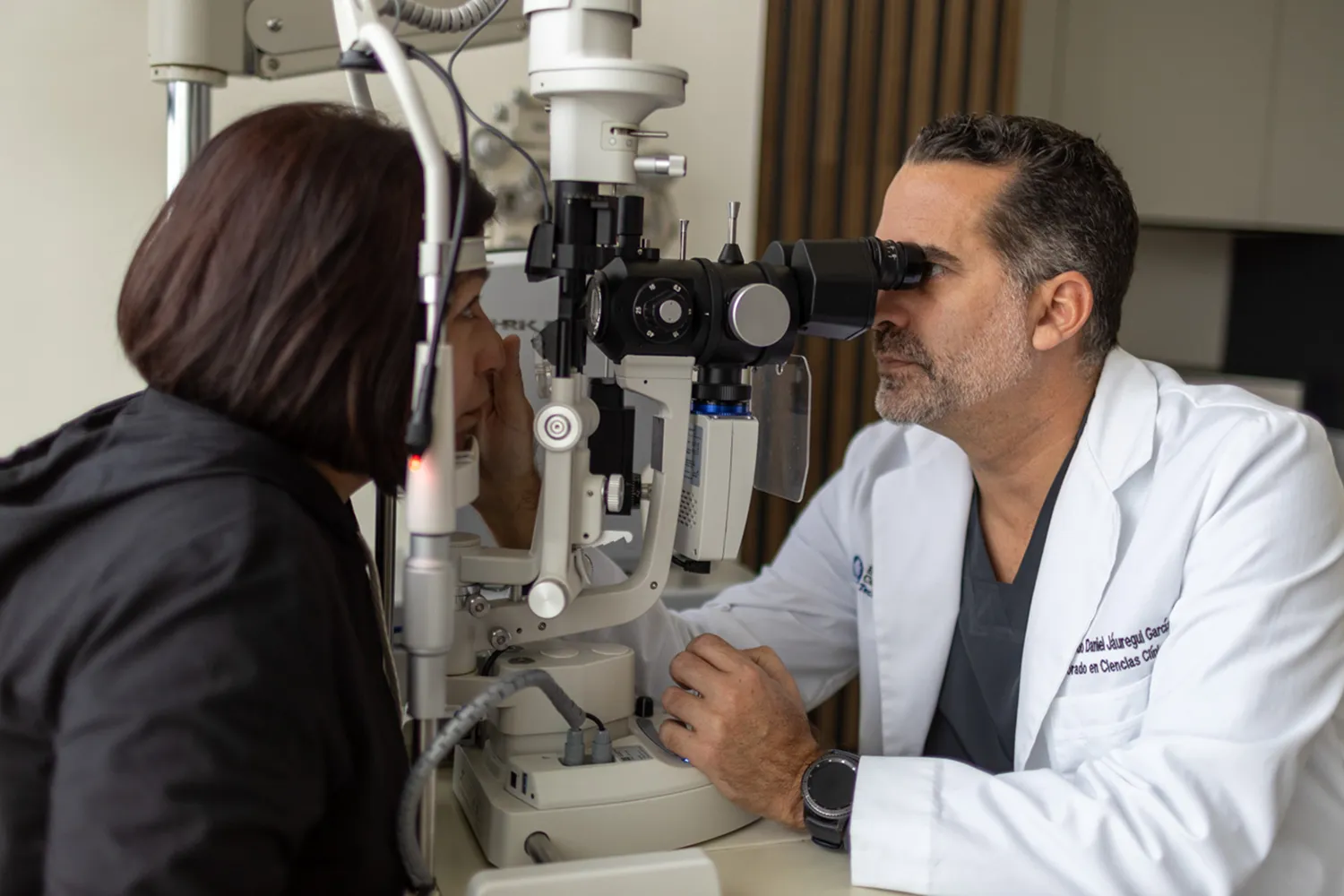
Prior to SMILE Surgery, we perform a comprehensive eye exam and a specialized study called Corneal Topography to assess the health of your eyes and accurately plan the procedure.
- If you wear contact lenses:
- Suspend them at least 3 days before your evaluation appointment.
- Stop using them 3 days before surgery; ideally, one week before for best results.
- The day of surgery:
- Go without make-up, lotions, perfume or deodorant spray, as these products may interfere with the procedure.
- During your consultation, the specialist at Clínica Oftalmológica Vicare will provide you with personalized instructions according to your needs, ensuring an individualized approach and the best results with your SMILE Surgery.
What happens DURING SMILE Surgery?
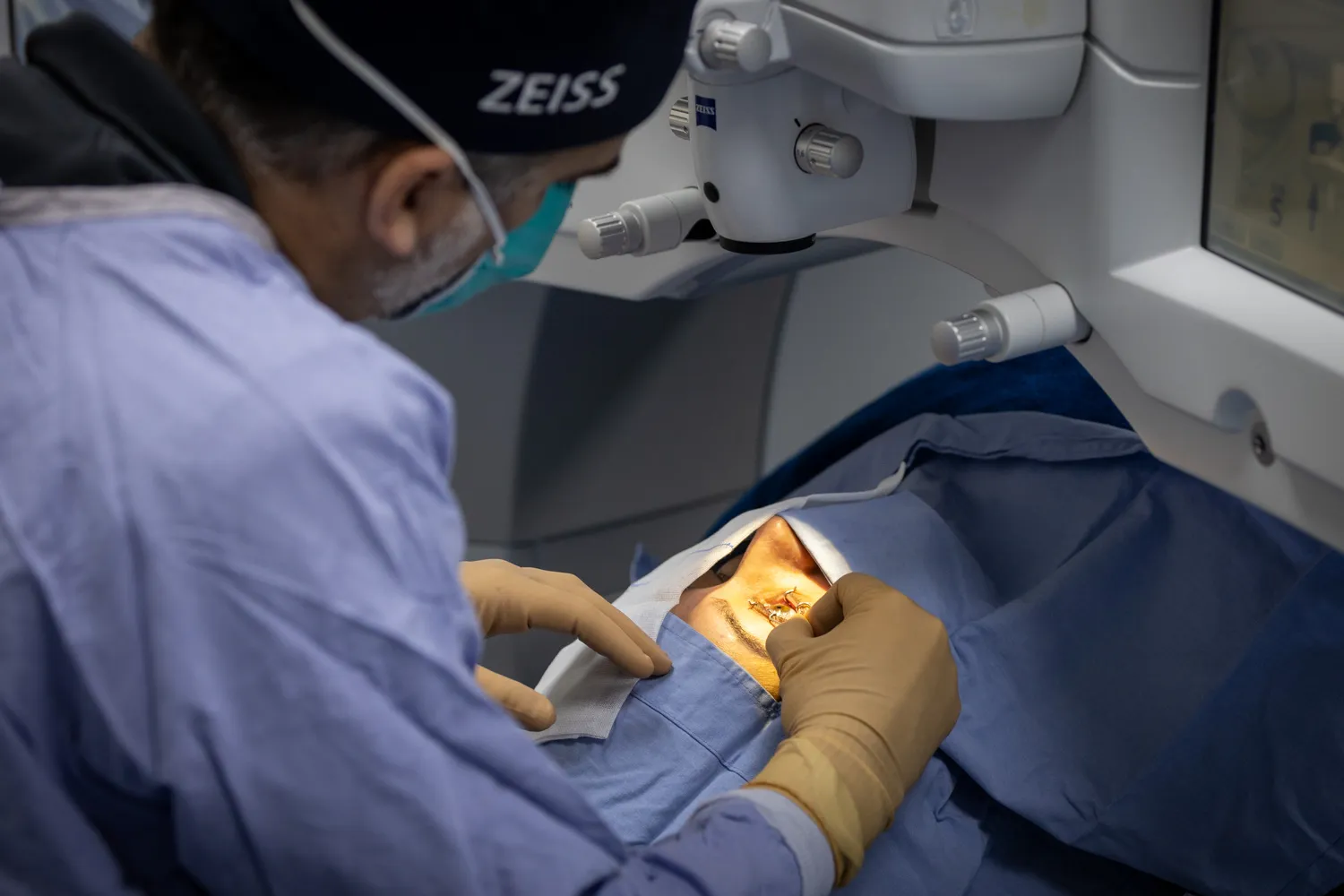
- Duration: The procedure takes, on average, 5 minutes per eye, although it may vary by physician and hospital.
- Surgical environment: It is performed in an outpatient operating room, where the patient remains lying face up.
- Preparation:
- The surgeon will apply anesthetic drops and an antibiotic to the surface of the eye to avoid discomfort and prevent infection.
- Intense lights and instruments close to the eyes will be used; during the procedure, vision may become blurred.
- Use of lasers:
- A computer-controlled laser, programmed specifically for your eye exam, emits pulses of light to correct your vision.
- The laser releases a tissue inside the cornea that is affecting vision, which the surgeon removes in seconds.
- It is common for vision to be blurred immediately after surgery.
- Bilateral procedure: Once the procedure is completed in one eye, the surgeon can repeat the process in the other eye, if necessary.
- Postoperative protection:
- The specialist may place a transparent shield over the eye to protect it while it heals.
The procedure may vary slightly from doctor to doctor and hospital to hospital, but is always tailored to the patient’s needs.
What happens AFTER SMILE Surgery?
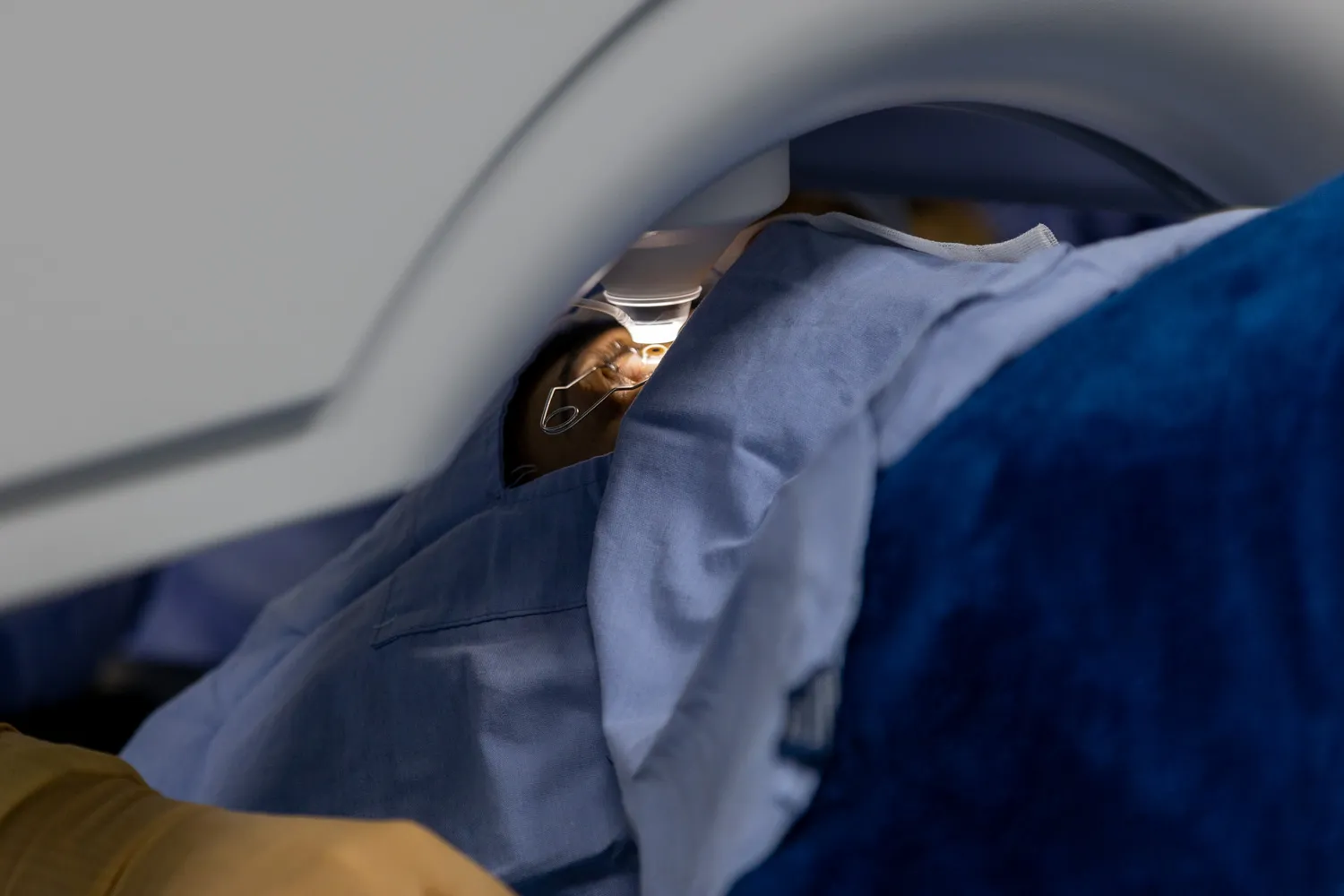
-
- First hours:
- It is normal to experience blurred vision, burning, tearing, itching or discomfort with light. These discomforts usually diminish gradually during the first day of recovery.
- Important care:
- Avoid touching, rubbing your eyes or squeezing your eyelids tightly.
- Red spots may appear in the white part of the eye (effusions), which disappear in about three weeks.
- Medical follow-up:
- You will need to have a check-up with the surgeon 24 to 48 hours after the procedure to evaluate your recovery.
- Temporary restrictions:
- Avoid intense exercise or swimming in a pool for at least one week.
- Accompaniment:
- Ask someone to drive you home after surgery. It is recommended that you be accompanied for the first 24 hours, as your vision will be blurry after the procedure.
- First hours:
